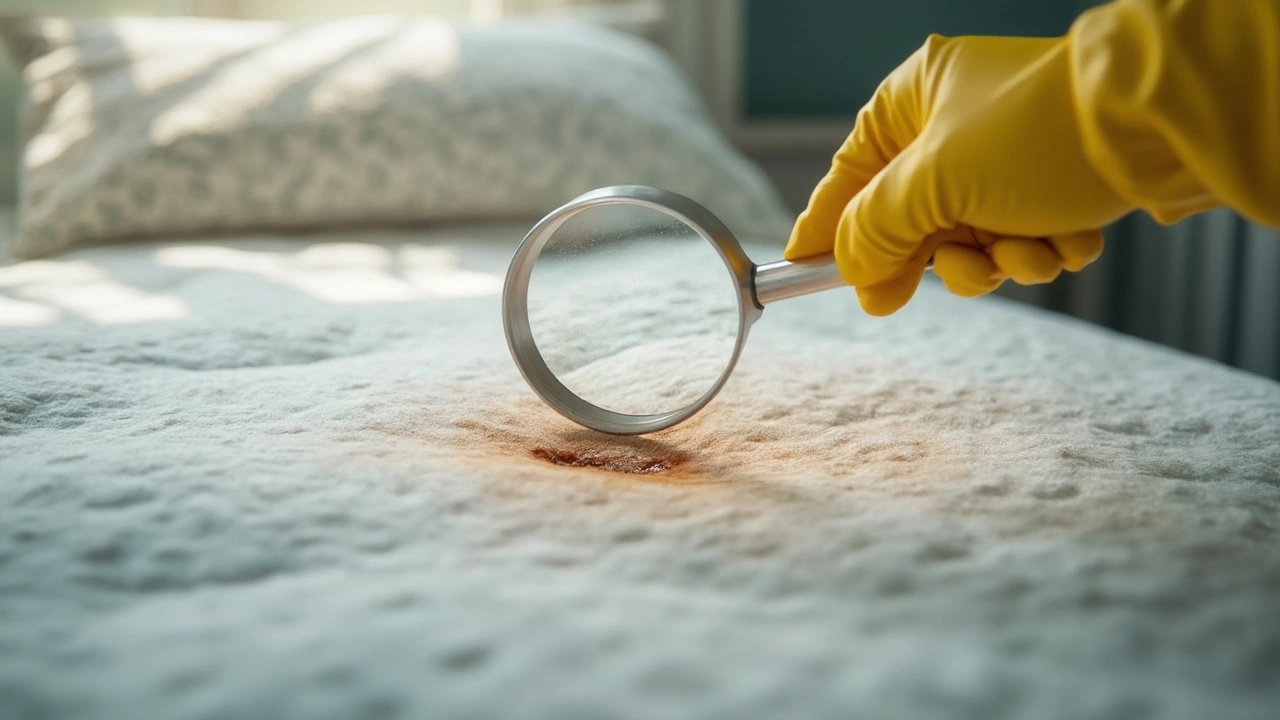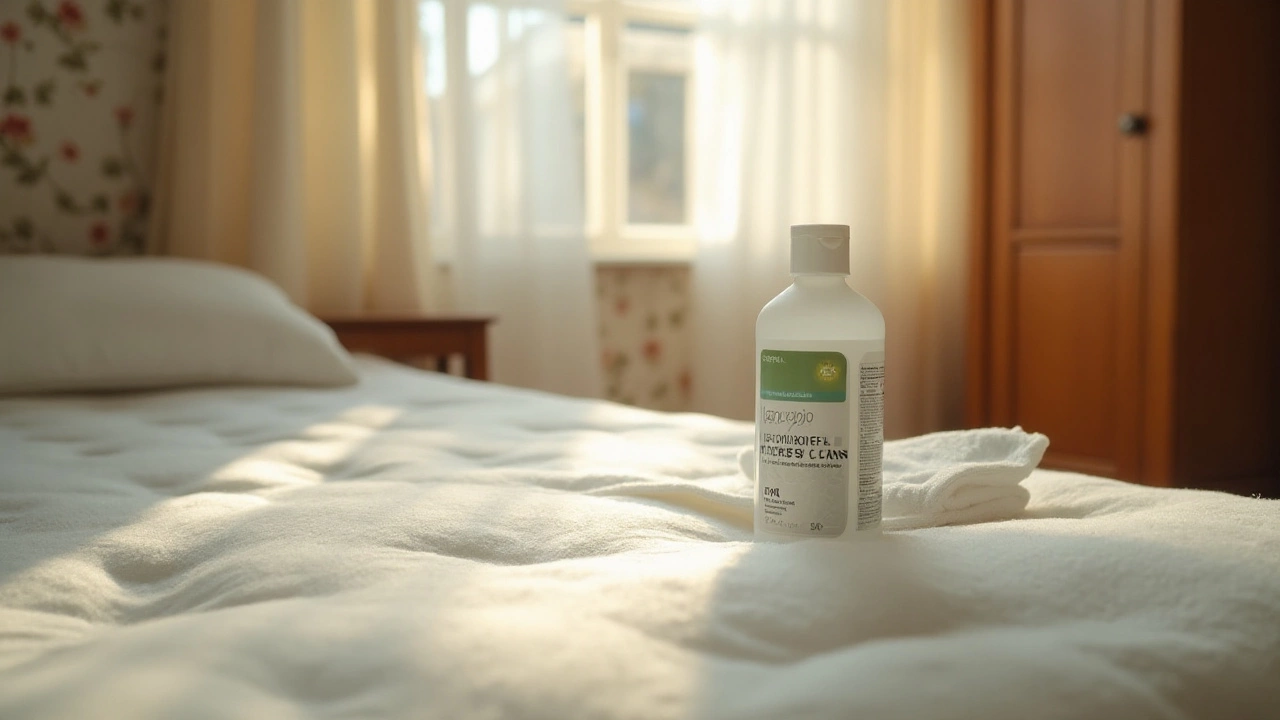Remove Stains Quickly – Easy DIY Tips for Every Surface
Stains happen at the worst possible moment. Whether it’s coffee on your favorite shirt or grease on the kitchen floor, you don’t need a magic wand. A few common household items and the right technique can make the mess disappear. Below you’ll find practical, no‑fuss ways to tackle the most stubborn spots.
Common Stains and Quick Fixes
Coffee or tea on fabric: Blot the area with a clean cloth, then mix one part white vinegar with two parts water. Dab the solution onto the stain, let it sit for five minutes, and rinse with cold water. Air dry – no heat, or the stain can set.
Grease on countertops: Sprinkle baking soda directly onto the greasy spot. Add a few drops of dish soap and a splash of warm water. Scrub gently with a non‑scratch sponge, then wipe clean. The baking soda absorbs oil while the soap breaks it down.
Blood on upholstery: Cold water is your best friend. Soak a clean cloth in cold water, then press it onto the stain – don’t rub, that spreads it. If the mark lingers, apply a small amount of hydrogen peroxide (test on an inconspicuous spot first) and blot until it fades.
Red wine on carpet: Immediately cover the spill with a layer of salt. The salt draws the liquid out of the fibers. After a few minutes, vacuum the salt and pour a mixture of equal parts white vinegar and water onto the area. Blot with a dry towel until the stain lifts.
Ink on wood: Dab a cotton ball soaked in rubbing alcohol onto the ink. Let it sit for a minute, then wipe with a soft cloth following the grain. Finish with a light coat of wood polish to restore shine.
Boost Your Stain‑Fighting Arsenal
Keep a few staples in your cleaning cupboard. Baking soda, white vinegar, hydrogen peroxide, and dish soap are cheap, safe, and work on most surfaces. Store them in a small, labeled bin near the sink so you can grab them when a spill occurs.
Another game‑changer is a spray bottle filled with equal parts water and rubbing alcohol. It works wonders on marker, lipstick, and even some food dyes. Spray, wait ten seconds, then wipe with a clean rag.
For tougher jobs, combine the power of enzymes and oxidisers. Enzyme cleaners break down organic stains like sweat, urine, and food spills. Oxidising agents such as hydrogen peroxide lift colour‑based stains. Use them together by applying the enzyme solution first, letting it sit, then spraying a light mist of peroxide before rinsing.
One tip most people miss: always test any solution on a hidden area first. This avoids unwanted damage, especially on delicate fabrics or polished surfaces.
Lastly, act fast. The longer a stain sits, the deeper it penetrates, and the harder it becomes to remove. Keep a small “stain kit” – a cloth, a spray bottle, and a few cleaning basics – in each room where spills are likely. That way you’re ready to strike the moment an accident happens.
With these simple tricks, you’ll spend less time worrying about messes and more time enjoying a clean home. No professional service needed for the everyday stains that pop up. Just a bit of know‑how and the right ingredients, and you’re set.

Sperm Stain or Discharge? Mattress Cleaning Tips to Tell the Difference
Figuring out if that mystery stain on your mattress is sperm or bodily discharge isn't as weird as it seems—there are real reasons you might need to know. This article explains how you can spot the difference based on color, smell, and texture, and what it means for your cleaning process. Get practical tips for dealing with each type of stain and find out why acting quickly always helps. We'll also clear up some common myths about cleaning up these messes. Whether it’s your mattress or a guestroom mishap, knowing what you’re dealing with makes the cleanup way easier.
Read More
Effective Mattress Cleaning with Hydrogen Peroxide: Step-by-Step Guide
Cleaning a mattress can be a daunting task, but hydrogen peroxide offers a simple and effective solution. This article provides a step-by-step guide on how to use hydrogen peroxide to clean your mattress, remove stains, and maintain freshness. With practical tips and safety precautions, readers can confidently care for their mattress, ensuring a clean and healthy sleeping environment. Discover how to tackle tough stains while keeping your mattress in top condition.
Read More